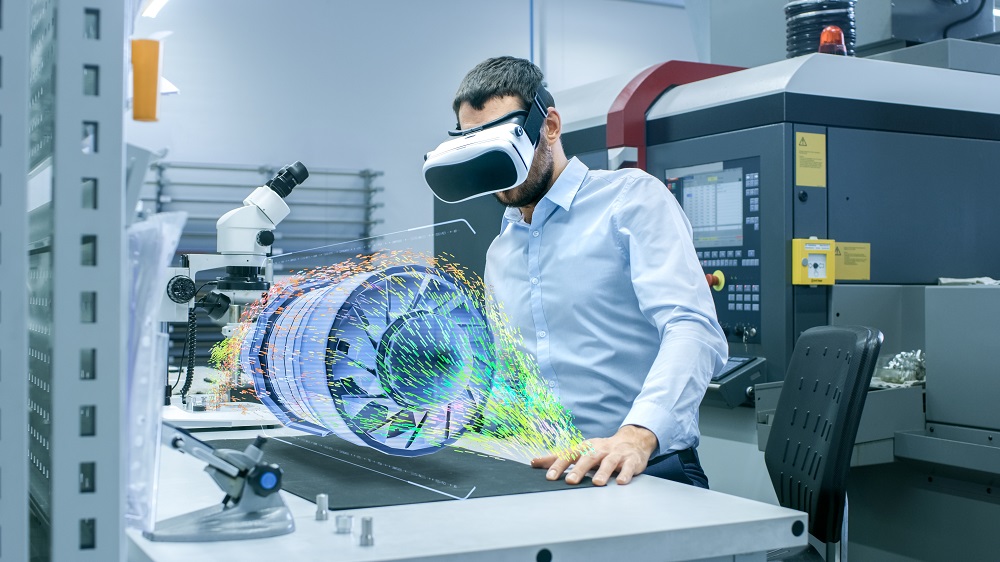Virtual reality is gaining a rapid popularity among folks due to its amazing features that let you penetrate into a virtual world and experience it with all senses. The hardware and software both contributes equally to make this technology a hot topic among all aged folks. The applications of virtual reality are numerous but the current market is using only few of those. As per studies and predictions, the sector of virtual reality will expand further and will gulp all the business sectors with its potential. If you are more curious to know the applications of virtual reality with which it can transform our world and can give us a better tomorrow then you are at the right page. Here we have mentioned top used virtual reality applications.
Thriving applications of virtual reality:
Tracking:
Virtual reality has given us a power to manipulate virtual objects of virtual world using real world moments. With VR you cannot just penetrate into the virtual world but can sense various senses. To interact with the virtual objects you must analyze the object, its position, distance, and other characteristics. In order to enable your interaction with the virtual world, tracking technology plays a crucial part that tracks your motion and syncs it with the virtual world.
The tracking system provides:
- Accuracy in calculating the connected devices
- It provide excellent filters for noise reduction that provides a stable virtual image
- Low latency
Digital prototypes:
With the growing digitized age, most of the industries turned towards digital world having rigid digital prototypes for their growth. The virtual reality uses a head mounted device that connects the user to the virtual world and it also presents an object with the digital prototypes with flexibility to 360 degree view and select the required prototype for their better user experience. The presentations with power to penetrate the user are performed using CAVEs or powerwalls technology. This technology is coming up with a new wave of growth in automotive industry in which they will be enabled to test the design and can experience an upcoming car model without any physical model.



